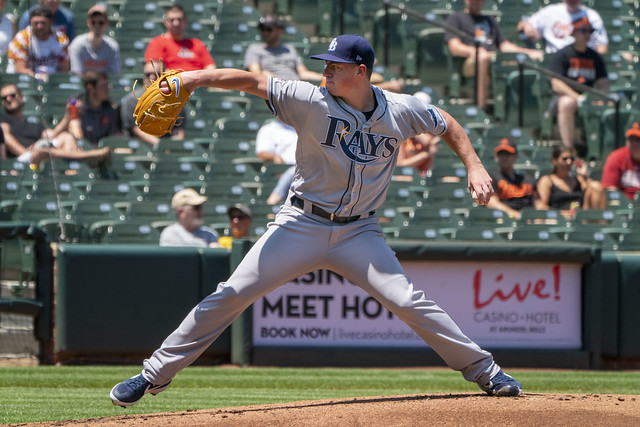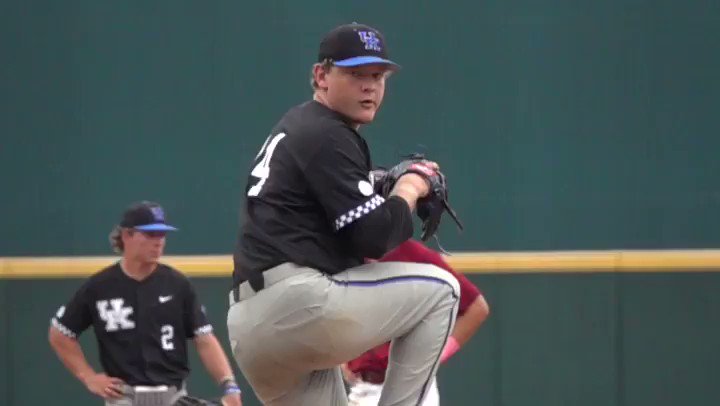It’s not a secret that baseball at every level is being changed by the information gleaned from advanced tech like TrackMan, StatCast, and about a dozen other platforms. There are examples of changes in swing plane, pitch grips, sequencing, and location from every team in the big leagues derived purely from this data. It’s also generally known that this progressive approach has reached into the minor leagues for many teams and is also spreading to amateur baseball. Because the pitching end of this march began early (PITCHf/x came about nearly a decade before we heard the term exit velo), progressive hitting knowledge has lagged years behind pitching, and now the fact that colleges haven’t fully embraced it is affecting the draft and what kind of talent gets to campus.
Eric and I have spoken with numerous scouts in recent weeks about a topic that came up innocently in our draft prep but that, when we dug deeper, appears to be indicative of a larger trend in the game. There are an unusual amount of high school position player prospects who are signable in the $250,000 to $500,000 bonus range. One crosschecker said his region normally has at most one prospect per year of this sort, and this year there are at least seven. Every other regional or national scout we’ve asked has confirmed that they’ve noticed the same thing, but none had a ready-made explanation for why it is happening. We put together a hypothesis, and got universal agreement that we were onto something.
Colleges Coach Hitters for College
Many, if not most, top collegiate hitting prospects need a substantive swing change right after they’re drafted to match what’s going on in pro ball. Last year South Alabama’s Travis Swaggerty (reduce effort/movement) and Wichita State’s Alec Bohm (extend arms/increase loft), our fourth and fifth prospects in the draft, most needed to modernize their swings. This year our 12th and 26th prospects, Texas Tech’s Josh Jung (more pull/lift/loft) and Missouri’s Kameron Misner (eliminate toe tap/improve timing), are the two prospects in greatest need of a swing change. It’s not every player, and some prospects I haven’t mentioned need less obvious adjustments, but this is also choosing from a group of the most elite tools and performances in the country.
You may ask why collegiate hitting coaches aren’t addressing these issues. A more fully actualized and pro version of these hitters would surely help their college team in the short term, right? Not necessarily. BABIPs are much higher in college because of the lower skill level, particularly on defense. It’s common for some top programs (especially on the west coast) to have middle-of-the-order batters bunt early in games, and since those bunts result in errors much more often in college, it’s a better strategic play than it is in the majors. An opposite field, line drive, and grounders approach also results in more hits than it would in pro ball while a groundball, at any level of baseball, is more likely to result in a hit than a fly ball. Read the rest of this entry »






